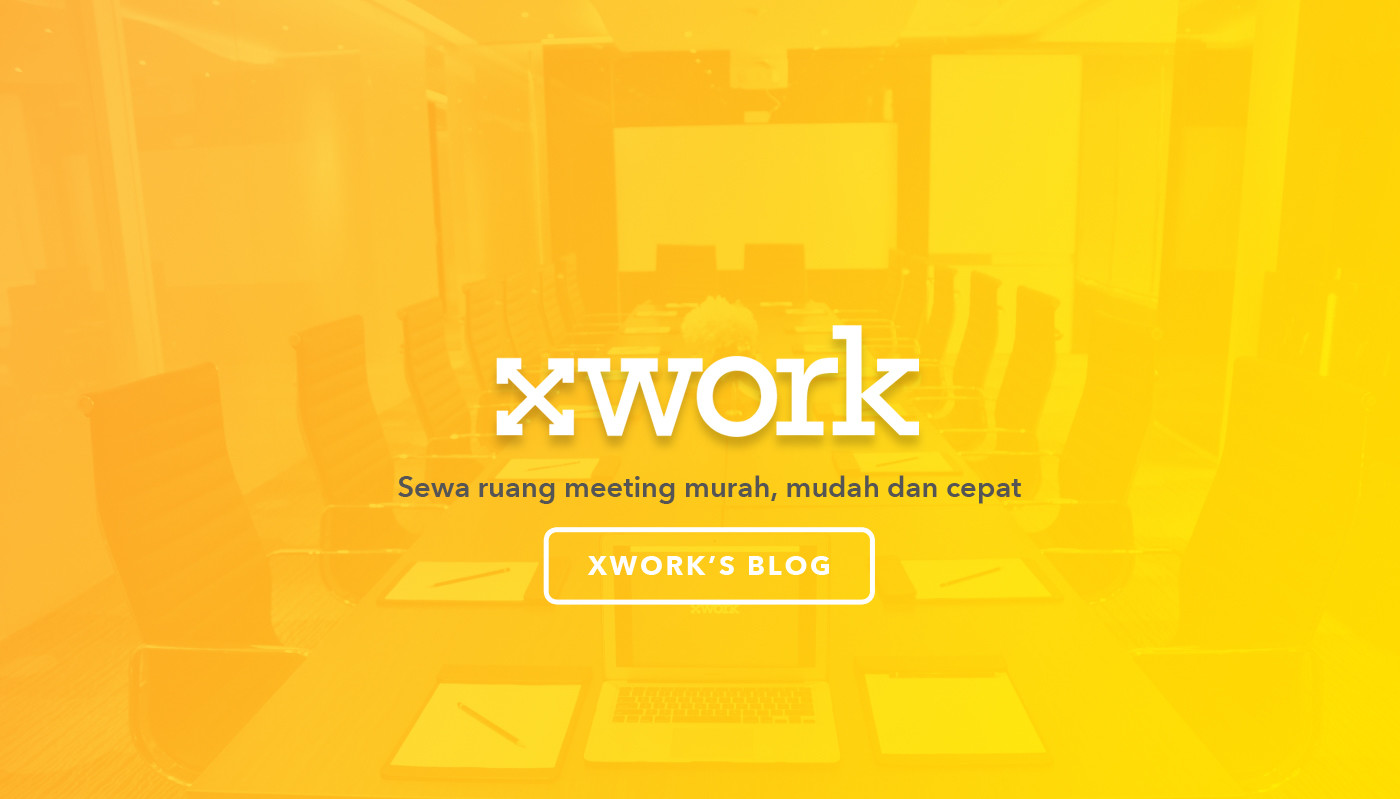From Boardrooms to Buybacks: Demystifying Lemon Law Timelines for Indonesian Professionals
In the fast-paced world of business in Indonesia, professionals are often required to not only understand their industry, but also how they interact with the wider world of legislation. From contract law to procurement regulation, legal systems tend to not have the same level of familiarity as the day-to-day tasks professionals attend to. One issue that we’ve been asked to discuss recently is the legal ramifications of lemon law buybacks – something with which many business professionals may have a general understanding, but few have a concrete knowledge of the details involved in getting the purchase back on track. To that end, this week’s discussion focuses on the question of the timeline of lemon law buybacks – which helps to demonstrate just how much a seemingly-simple matter may take time to resolve.
The concept of lemon law has become relatively common in the world of business as there have been recent times where a purchased entity may not measure up to expectations. This is more frequently a issue with an auto or other vehicle purchase, but can cover any asset or purchase that has not performed to expectations. Depending on the nature of the entity in question, the nature of the buyback may vary and the process required to document the exchange and get funds back or assets returned can be time-consuming. As a professional business leader in Indonesia, you’re likely to first come in contact with the idea of lemon law buybacks with vehicles and equipment that finds its way into your organization. From this point, you may notice issues with the vehicles or equipment fail to live up the expectations or the promised quality. A lemon law buyback offers you the potential to reclaim your initial investment or return the vehicle/equipment to the supplier for replacement. As with all situations, understanding the process and defining what steps need to be taken to clarify the situation is always recommended.
While the process of a lemon law buyback may be unknown to you, there are qualified legal experts who have a specific working knowledge in this area. Lemon law buybacks require the business to perform an asset/service evaluation – which is often part of the negotiated contract or purchase agreement. If there are conditions listed for a buyback, you can outline these expectations in your request for buyback from the supplier. You’ll also need to provide details about the situation, why the buyback is being requested, and begin the process of asset recovery within your organization. While these initial components seem simple enough, they can become very complex very quickly. This is why it’s always recommended to hire a qualified legal professional who can assist you with the process. Each step requires a keen attention to detail to be successful.
For a business in Indonesia, this becomes a unique scenario. It’s not uncommon for it to take several months to fully document the situation and evaluate the details surrounding the buyback. Even then, you may still need to negotiate the process and work to either salvage or retrieve the asset and secure funds for the purchase that was made. For a business, the clock generally begins ticking once the initial asset evaluation is completed and a determination is made as to how the situation is categorized. A total picture of the existing situation will provide enough information to justify a viable strategy to get the asset back on track.
In our new article, we review each area of concern in more detail and help you to navigate the details. We also work to clarify some of the most common misconceptions regarding lemon law buybacks, particularly when it relates to assets in Indonesia. It’s a great starting place if you have questions about how long the process is going to take or what to expect during the process. Understanding how your business and asset management strategies will play out in the future is important. Lemon law buybacks offer unique situations that require careful consideration to avoid financial loss or difficulty. They can also be leveraged in a variety of situations to create long-term gain. On the flip side, there are also times when a buyback might not make sense at all. The key lies in understanding how to navigate the details and determine the best recourse for your operation.
Overall, your workspace environment has a unique role in how you communicate important details and information about the situation to your organization. It provides you with a place to meet with the legal professionals who are helping you negotiate the details. It’s also a space for video conferencing and communication with other valued assets such as your insurance agent and respective tax advisors. Taking these factors into account, you might find that some spaces are better equipped than others for the situation. For example, some businesses organize everything in one central location that’s easy to navigate. Others find that having space away from the action is a better solution for focused negotiation and evaluation.



